Starting Plants from Seeds: A Beginner’s Guide
How to Start Seeds? Starting plants from seeds is a great way to grow a variety of plants, and it can be an affordable and rewarding way to add color and life to your home or garden. While it may seem daunting at first, with a little bit of knowledge and practice, anyone can successfully start their own seeds. Our guide will provide you with the basics of How to start seeds: A guide to growing plants from seeds.
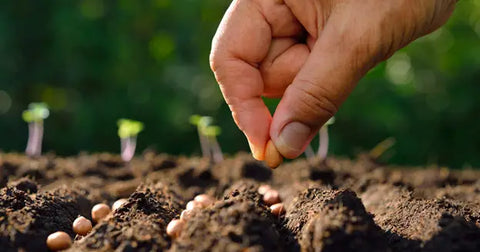
1. How to start seeds: A guide to growing plants from seeds
Starting seeds is a great way to grow a variety of plants, whether you want to grow vegetables, herbs, flowers, or trees. Here's a step-by-step guide to starting seeds:
1.1 When to start seeds
The best time to start seeds will vary depending on the type of plant you want to grow and your climate zone. A general rule of thumb is to start your seeds indoors 4-6 weeks before the last expected frost date in your area. This will give your plants enough time to grow and develop before they are transplanted outside.
1.2 Before getting started
Before starting your seeds, it's important to consider the growing conditions that your plants will need. Make sure you have a suitable location that gets enough sunlight and has a stable temperature. You'll also need to choose the right type of soil and containers for your seeds.
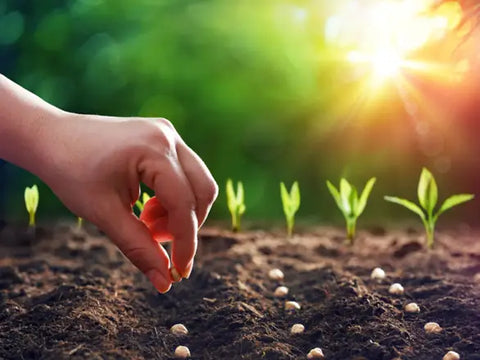
1.3 What you'll need
Here are the things you'll need to start your seeds indoors:
- Seeds of your chosen plant
- Seed-starting soil mix
- Seed trays or small containers with drainage holes
- Plastic wrap or a plastic dome
- Grow lights or a sunny windowsill
- Watering can or spray bottle
- Fertilizer
1.4 Instructions
Follow these steps to start your seeds indoors:
Step 1: Fill your seed trays or small containers with seed-starting soil mix, leaving about 1/4 inch of space at the top.
Step 2: Moisten the soil with water until it's evenly damp but not soaking wet.
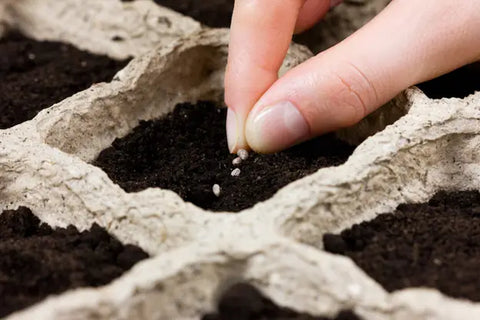
Step 3: Plant your seeds according to the instructions on the seed packet. Generally, you'll want to plant each seed at a depth that is twice its size.
Step 4: Cover your containers with plastic wrap or a plastic dome to create a greenhouse effect. This will help to keep the soil moist and warm.
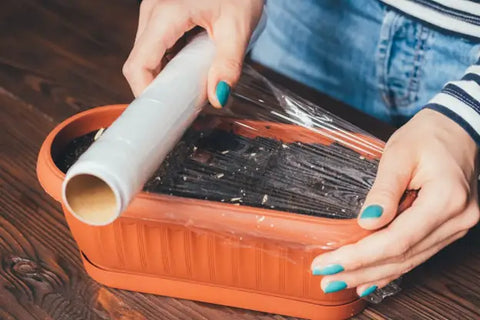
Step 5: Place your containers in a warm, sunny location or under grow lights. Make sure to keep the temperature between 65 and 75 degrees Fahrenheit.
Step 6: Water your seeds regularly, but be careful not to overwater them. Use a watering can or spray bottle to moisten the soil as needed.
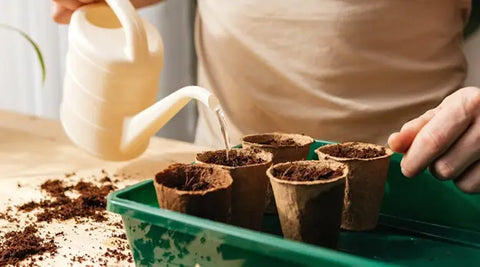
Step 7: Once your seedlings have sprouted, remove the plastic covering and place them in a location with bright, indirect sunlight.
Step 8: Fertilize your seedlings every two weeks with a diluted fertilizer.
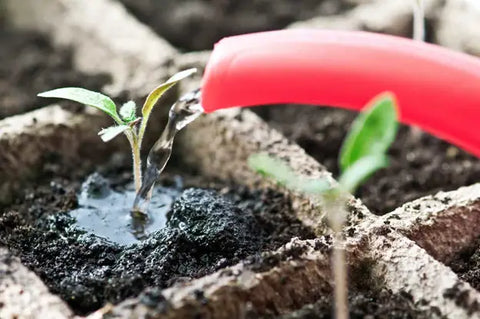
2. FAQ about How to Start Seeds
Here are answers to some questions about seed starting.
2.1 How many seeds should I sow?
The number of seeds you should sow depends on several factors, including the type of plant, the size of the seeds, and the size of the container or area you are planting in. In general, it's a good idea to sow more seeds than you need, as not all seeds will germinate, and some seedlings may not survive.
A common rule of thumb is to sow two to three times the number of seeds that you ultimately want to grow. For example, if you want to grow four tomato plants, you might sow eight to twelve tomato seeds. If all of the seeds germinate, you can always thin out the weakest seedlings later on.
It's also important to consider the spacing requirements of the plants you are growing. Some plants, such as corn or sunflowers, need a lot of space between them, while others, like lettuce or herbs, can be grown in closer proximity.
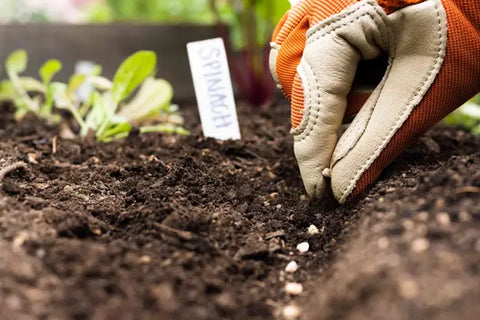
2.2 Do seeds need light to germinate or not?
Whether or not seeds need light to germinate depends on the specific type of seed. Some seeds require light to germinate, while others need darkness.
Examples of seeds that require light to germinate include lettuce, petunias, snapdragons, and begonias. These seeds should be sown on the surface of the soil or planting medium and lightly pressed into the surface, but not buried.
On the other hand, some seeds require darkness to germinate, such as many wildflowers, some herbs, and certain vegetable seeds like carrots and onions.
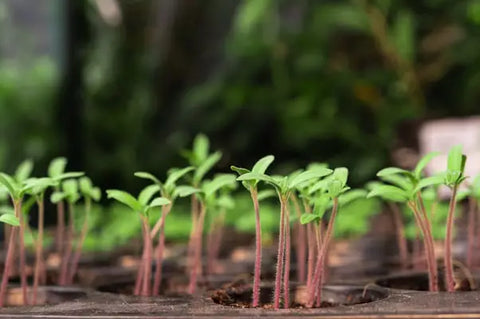
2.3 Does the seed starter need fertilizer in it?
It depends on the type of seed starter you are using.
If you are using a basic seed starting mix that does not contain any fertilizer, you may need to add some to provide your seedlings with the necessary nutrients for healthy growth.
If you choose to add fertilizer to your seed starter, use a light hand and follow the package instructions carefully. Alternatively, you can wait to fertilize your seedlings until they have grown a bit and developed their first set of true leaves, at which point they will be better able to handle the added nutrients.
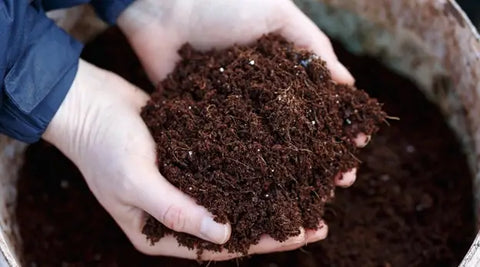
3. Where to buy high-quality seeds for your gardening
At The Rike Inc., we pride ourselves on being a high-quality supplier of seeds. Our collection of vegetable seeds, herb seeds, tree seeds, fruit seeds, grain seeds, grass seeds, and flower seeds,... are carefully selected to ensure a bountiful harvest for our customers.
Our main offerings include hundreds of heirloom, rare, and hard-to-find flower seeds, vegetable seeds, and herb seeds. We understand that gardening is a passion for many people, and we want to provide our customers with unique and special varieties that they won't find anywhere else.
One of our specialties is our selection of organic vegetable seeds and flower seeds. We offer tried-and-true favorites as well as rare varieties of tomatoes, peppers, beans, cucumbers, lettuce, and more. We believe that organic gardening is the best way to ensure a healthy, sustainable future, and we're proud to offer seeds that are non-GMO and free from harmful chemicals.
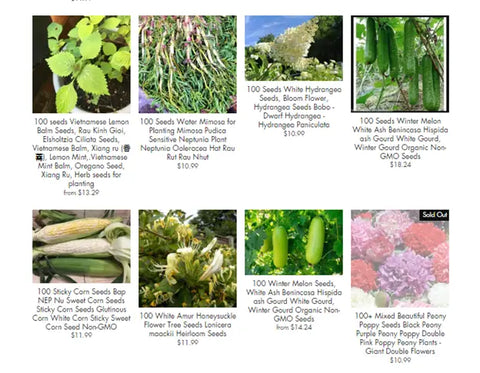
The Rike prides itself on being a high-quality supplier of seeds.
4. Finally,
We hope this article - “How to start seeds: A guide to growing plants from seeds” can be fulfilling and rewarding knowledge for both novice and experienced gardeners. With the right tools, knowledge, and techniques, anyone can successfully grow healthy plants from seed. This guide to growing plants from seeds offers practical tips and advice to get you started on your journey toward creating a thriving garden.





Leave a comment